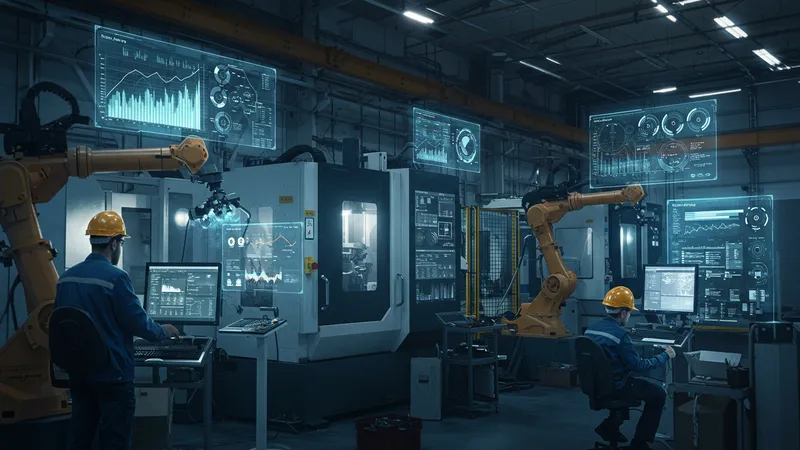Did you know that a simple change in tooling methods can revolutionize manufacturing productivity? That’s right, companies are seeing jaw-dropping improvements with the latest advancements in tooling techniques. This isn’t just industry chatter—it’s a breakthrough.
In an era of relentless competition, enhancing manufacturing productivity is crucial. As businesses strive for lean operations, modern tooling methods are more critical than ever. But just how transformative can these techniques be? The answer will astound you.

Experts suggest that traditional manufacturing methods have untapped potential, often constrained by outdated tooling strategies. The reality is, by leveraging cutting-edge techniques, companies like Ford are doubling their output without sacrificing quality. But that’s not even the wildest part…
The real secret lies in the precision and adaptability of these new tools. Imagine reducing machine downtime by 30%, simply by switching to dynamic tooling solutions. A few pioneering businesses are already setting new benchmarks—yet the full impact, as you’ll soon discover, is even more astonishing…
What happens next shocked even the experts. The ripple effect of these tooling innovations extends far beyond productivity metrics. Intrigued? You’re about to uncover insights that could redefine your manufacturing approach forever…